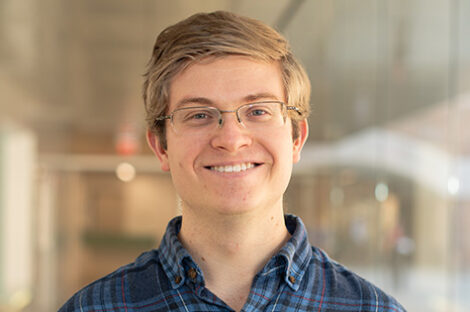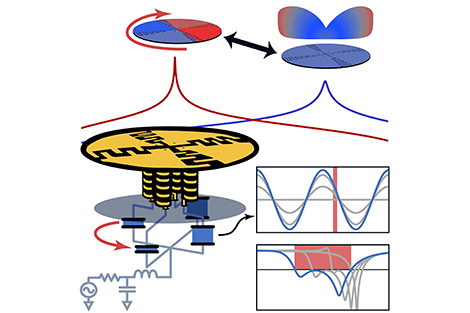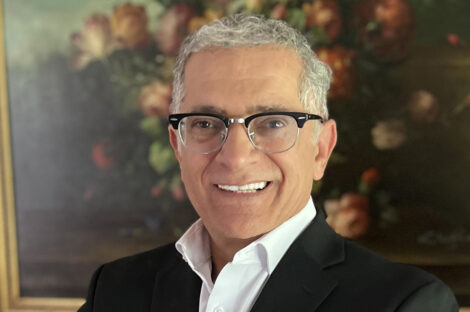Radiation Laboratory (RADLAB)
The nation’s premier lab in applied electromagnetics: radar, wireless, antennas, remote sensing, and RF circuits. Featuring state-of-the-art facilities and world-class academics.
Welcome!
The RADLAB manages academic programs and conducts research on all aspects of applied EM, including MW and MMW circuits, MEMS circuits, antennas, wave propagation, wireless applications, computational EM, microwave remote sensing, plasma electrodynamics, and EM metamaterials.
Learn more about the RADLAB >
Affiliated Centers
The Michigan Institute for Plasma Science and Engineering (MIPSE) conducts research on various aspects of plasma science and engineering, with focused attention on low temperature plasmas (LTP) and high energy density plasmas (HEDP) in particular.
Learn more about MIPSE >
Faculty Positions
The department is currently hiring faculty with specialties in a variety of areas, including Electromagnetics. We welcome your interest in joining our collaborative team.
Additional information and areas of particular interest >
Time-varying metamaterials
Professor Anthony Grbic is a key member of a new $7.5M Multidisciplinary University Research Initiative (MURI) to develop develop magnet-free, non-reciprocal metamaterials that can break the time reversal symmetry of conventional electromagnetic systems. The goal of the project is to develop more efficient and cost-effective ways to transmit and receive electromagnetic waves. It could lead to breakthroughs in areas such as next-generation wireless communication, commercial and military radar systems, imaging, and antenna systems.Kamal Sarabandi: Faculty Profile
Kamal Sarabandi, Rufus S. Teesdale Professor of Engineering, conducts research in a wide range of topics in the area of applied electromagnetics, including: radar remote sensing; antenna miniaturization; reconfigurable antennas for, and performance assessment of, wireless applications; and radar imaging for collision avoidance, autonomous vehicle control, security, etc.News
Zachary Fritts awarded Predoctoral Fellowship to support research on time-varying,… electrically-small antennas
Fritts, Ph.D. student in Electrical and Computer Engineering, is working on electrically-small antennas, with potential applications in telecommunications, health, and sensing.

Research on time-varying, electrically-small antennas featured on IEEE TAP journal… homepage
First author Zachary Fritts talks about the research in his newest paper, recently featured by IEEE Transactions on Antennas and Propagation.

Kamal Sarabandi receives H. Scott Fogler Award for Professional Leadership and Service
Prof. Sarabandi’s decades-long contributions to the professional community have had a profound impact on the field of applied electromagnetics.

 MENU
MENU